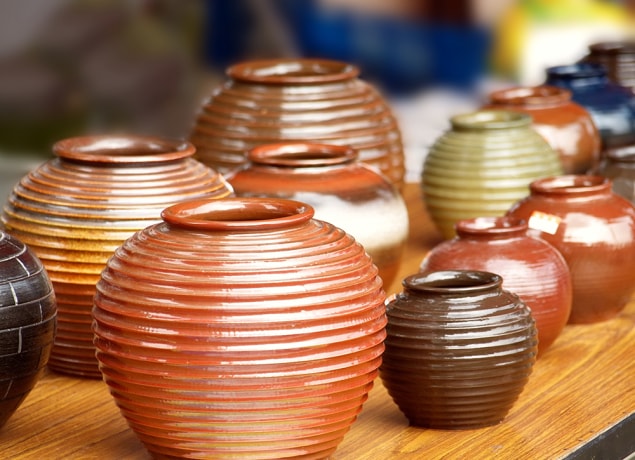Recalls of Children’s Products, Foods, Cosmetics, and Medicines Due to Lead Hazards
Each year, some products that children use are recalled because they contain lead and pose potential health hazards. These recalls are sometimes for products that are intended to be used exclusively by children, such as children’s toys.
Lead is extremely harmful to children younger than 6 years, and no safe blood lead level has been identified. Even low levels of lead in blood can cause developmental delays, difficulty learning, behavioral issues, and a neurological impact. The effects of lead poisoning can be permanent and disabling. Young children are vulnerable to lead exposure from putting a product containing lead in their mouths or from touching a product containing lead before putting their fingers in their mouths. Therefore, it is important to ensure that products containing any amount of lead are removed from a child’s environment.

Download a PDF version of this fact sheet.
Recalls of Children’s Products, Foods, Cosmetics, and Medicines Due to Lead Hazards [PDF – 1 MB]

The following products are examples of recent recalls of children’s products:
Take the following steps to prevent children from coming into contact with lead-contaminated toys and other children’s products:
- Check the Consumer Product Safety Commission (CPSC) recalls website to see if your child’s toys or other items were recalled.
- Do not allow children to play with recalled toys.
- Do not let children play with vintage or antique toys that were made before 1978.
- Buy toys and children’s products made by major brands and sold at reputable retailers. These are more likely to be safe for children.

Lead can be found in some foods, cosmetics, ceremonial powders, and traditional remedies, especially those that are imported or purchased from informal or unregulated sources. Certain candy ingredients, such as chili powder and tamarind, may be a source of lead exposure. Lead can get into the candy when improperly drying, storing, and grinding the ingredients. Ink from plastic or paper candy wrappers may also contain lead that leaches or seeps into the candy. Lead has also been found in certain spices imported from informal or unregulated sources in Vietnam, India, and Syria, among other countries.
Recent recalls of foods, cosmetics, and medicines containing lead include dried blueberries, dried plums, and skin cream.
Follow these tips to protect children and pregnant women from lead exposure from these products:
- Monitor FDA’s recalls, market withdrawals, and safety alerts: https://www.fda.gov/safety/recalls-market-withdrawals-safety-alerts. If a product your child consumed or used has been recalled, follow recall instructions and follow up with your child’s healthcare provider about whether blood lead testing is needed.
- Only use imported foods, medicines, and cosmetics that are clearly labeled and bought from reputable retailers.
- Avoid using traditional medicines and cosmetics, such as azarcon, greta, pay-loo-ah traditional medicines, and kohl and sindoor cosmetics because they have been shown to contain lead. Traditional medicines imported from South and Southeast Asian countries may contain lead.1

Lead can also be in vintage and antique items, such as dishware, ceramic items, and furniture, that children may come in contact with. Products made before 1978 may contain lead-based paint.
Take the following steps to prevent children and pregnant women from coming into contact with lead from vintage and antique items:
- Stay up to date with CPSC product recalls.
- Unless you are certain that the item does not contain lead, assume painted vintage and antique items may contain lead paint. Keep these items away from children and pregnant women.
- Do not use vintage dishware or utensils for food service. Only use these items for food service if you are sure they do not contain lead.
- Do not use lead crystal for the storage of any food or beverage.
- Wash hands after working with or handling vintage and antique items.
- Do not dry scrape or sand lead-containing items. Consider applying a sealant product on finished vintage and antique items to prevent the release of lead dust and debris.
1 McRae A, Vilcins D, Le HHTC, Gorman J, Brune Drisse MN, Onyon L, Sly PD, Islam MZ. Lead in traditional and complementary medicine: a systematic review. Reviews on Environmental Health. 2022.